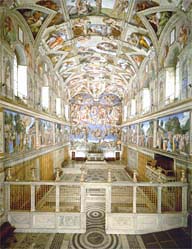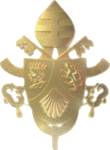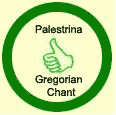The church(speaking about the building now) has been an outgrowth in design of both the Jewish temple & early Christian house churches. Adding on to that is the architectural design of the then crumbling Roman empire ( – basilican design after the roman courts showing us moving from Pax Romana to Pax Christi ) then the growing Byzantine empire. Then the Romanesque style, followed by the Gothic ( theme is Augustine ideal of Heavenly Jerusalem), then
Baroque (the counter reformation) now modern day.
We have lost the concept of designing churches with the idea of imparting theology. It’s simply a gathering place. This started in earnest in the 19th century and continues today in theaters in the round with it’s emphasis on the people, not God or worship. There does seem to be a limit to this thankfully and perhaps we will recover the historic architecture and implement it into modern challenges.
Here’s one from Calvin Institutes “How Church Architecture Affects Lord’s Supper Practices” and another from a Lutheran source Lutheran Architecture: How a Building Reflects Theology that seem to recognize that there is a problem that needs to be addressed. Now I don’t agree with the design, but that’s because of my theology conflicts with theirs; however at least they are trying to bring their design in-line with their theology and that’s a good thing.
In the middle ages they took scriptural passages literally. Look at Jesus as the door and people will enter into the church from the west (symbol of entering through the door which is Christ) enter the nave (as the church which is the ark); the 12 columns as symbol of the 12 apostles (Rev 21:4), 3 entrance doors for the Trinity, of 4 for the 4 evangelists or they may use 7 columns for Prov. 9:1. You could go on an on. A medieval cathedral is packed with scripture everywhere one looks. Sadly those of us who think we “know” scripture recognize very little. I hope that this is so because we don’t learn via symbols much any more, but through books mostly. Still once you get the hang of it and have he privilege of living near one of these structures, your spiritual life will have added grace but seeking out its theological treasures.
Abbé Suger- inventor of pointed arches and flying buttress [1081 – 1151] had inscribed above the doorway of Saint Denis,
“Whoever thou art, if thou seekest to extol the glory of these doors,
Marvel not at the gold and the expense, but at the craftsmanship of the work,
Bright is the noble work; but being nobly bright, the work
Should brighten the minds, so that they may travel, through the true lights,
To the True Light where Christ is the true door …
The dull mind rises to truth through that which is material.”














 Site supports Most Reverend Jose H. Gomez
Site supports Most Reverend Jose H. Gomez
 Bishop Kevin W. Vann
Bishop Kevin W. Vann